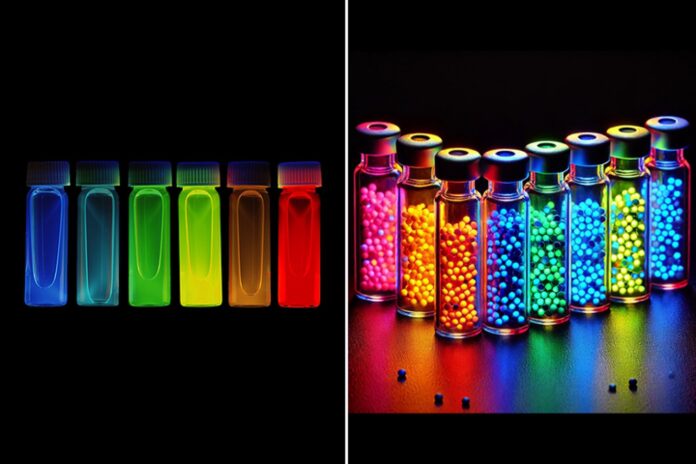The Power of Visual Communication in Science
A Conversation with Science Photographer Felice Frankel
For over 30 years, Felice Frankel has been helping MIT professors, researchers, and students communicate their work visually. As a science photographer, she has witnessed the development of various tools to support the creation of compelling images. In a recent opinion piece published in Nature magazine, Frankel discusses the growing use of generative artificial intelligence (GenAI) in images and the challenges and implications it has for communicating research.
The Line Between Acceptable and Unacceptable Manipulation
Q: You’ve mentioned that as soon as a photo is taken, the image can be considered “manipulated.” Where is the line between acceptable and unacceptable manipulation?
A: In the broadest sense, the decisions made on how to frame and structure the content of an image, along with which tools used to create the image, are already a manipulation of reality. We need to remember that the image is merely a representation of the thing, and not the thing itself.
Ensuring Ethical Visual Representation
Q: What can researchers do to make sure their research is communicated correctly and ethically?
A: With the advent of AI, I see three main issues concerning visual representation: the difference between illustration and documentation, the ethics around digital manipulation, and a continuing need for researchers to be trained in visual communication.
The Future of Communicating Science Visually
Q: Generative AI is not going away. What do you see as the future for communicating science visually?
A: For the future, I believe AI-generated visuals will be useful for illustration purposes. If an AI-generated visual is to be submitted to a journal (or, for that matter, be shown in a presentation), I believe the researcher MUST clearly label if an image was created by an AI model; indicate what model was used; include what prompt was used; and include the image, if there is one, that was used to help the prompt.
Conclusion
As the use of GenAI in images continues to grow, it is essential for researchers to be aware of the challenges and implications it has for communicating research. By understanding the difference between illustration and documentation, and by acknowledging the ethics around digital manipulation, researchers can ensure that their research is communicated correctly and ethically. With the continued development of AI-generated visuals, it is crucial to establish clear standards on what is and is not allowed, and to train researchers in visual communication.

